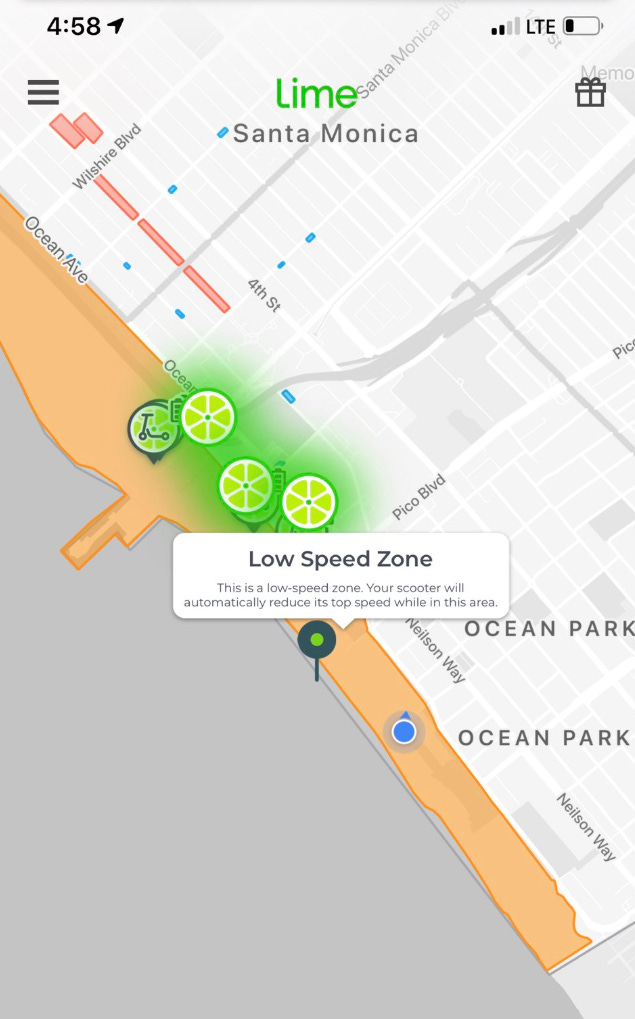Movements | February 5th, 2019
Issue #33— Brought to you by Michal Naka and Adam Feldman. Please forward this weekly mailer to friends and colleagues and encourage them to sign up!
We hope that everyone who attended the Micromobility Conference last week enjoyed it as much as we did. It was so great to meet so many of you in person!
Micromobility
Bird’s founder and CEO Travis VanderZanden talks unit economics, competitors, and seasonality. | TechCrunch
Bird is focused on improving unit economics in 2019. “Clearly the unit economics didn’t work on those scooters but that was a test anyway… Once we knew people liked riding them, we quickly scrambled and started creating our own scooters. Bird Zero is the first iteration of that. What we see on the unit economics of those, it’s like night and day.” The Bird Zero is only a small subset of their entire fleet as the company mainly relies on Segway ES and Xiaomi M365 models.
VanderZanden said he is not concerned with seasonality and revealed Bird operates on a $100 million revenue run rate even in the winter. “Obviously, there is seasonality in the scooters business, there’s no doubt about that,” he said.“Yes, it’s slower in December but this market is so big, even in our slow [weeks] most companies would love to have that in their best [month].”
Lesson learned on the logistics side: “We used to say when we’re heading into the holiday season that the Birds would migrate south but it turns out the logistics are really expensive, so the Birds hibernate.” This is probably partly due to Bird’s ‘touchless’ operations model, where they leverage an army of contract chargers and mechanics in each market, with no central warehouse but rather a group of self serve storage units.
A bankrobber in Austin tried using an electric Jump scooter as a getaway vehicle. It didn’t turn out so well for him. | Washington Post
Singapore self-delivering scooter company ScootBee shares some new pilot videos. | ScootBee

ScootBee Hive?
Notes from the Micromobility Conference from Luke Wroblewski. | LukeW
TNCs
Uber COO Barney Hartford shares that the company does 250 million trips to and from airports each year. No surprise that the former CEO of Orbitz is looking to partner with airlines to “make a seamless experience from your home to your destination”. He also noted that Uber is adding beacons and wifi access points to airports to improve location accuracy. | Skift
“UCLA students call about 11,000 Uber and Lyft rides that never leave campus every week.” | Daily Bruin
Grab users can soon stream video in the app. | CNBC
Spanish ridehailing firm Cabify moves to become a MaaS platform including scooter, bikes and helicopter (!)rides. | Forbes
Uber Boat and BoatXL product launches in Mumbai. | CNBC
McDonalds franchise operators are worried about UberEats’s success. | Skift
Cities & Policy
Vancouver provides a look into what it’s like to live in a major city without TNCs. Unsurprisingly, mass transit and cycling mode shares showed measurable increases. | Slate
Uber and Fehr & Peers released a curb productivity study from Cincinnati. | Fehr and Peers
More rumblings about road pricing in Los Angeles. | Curbed
LA Metro and Via launch an on-demand shared ride service to solve the last mile problem for passengers going to and from mass transit | Wired
Blogs
Prioritizing privacy when using location in apps. | Mapbox
Looking for a startup idea? Go make transportation work for seniors. | Marketplace
Product Launches & Updates
As Uber diligently works to aggregate all modes of transportation, they’ve recently added public transit to their app. The real-time scheduling data that you see now is provided by Moovit and the ability to purchase tickets will be provided by Masabi in the near future. | The Verge
An excellent overview of the latest developments in urban navigation apps. | Curbed
Lime launched a feature that automatically slows down their vehicles in certain restricted areas. When can we have this for cars? | Jonathan Wegener

